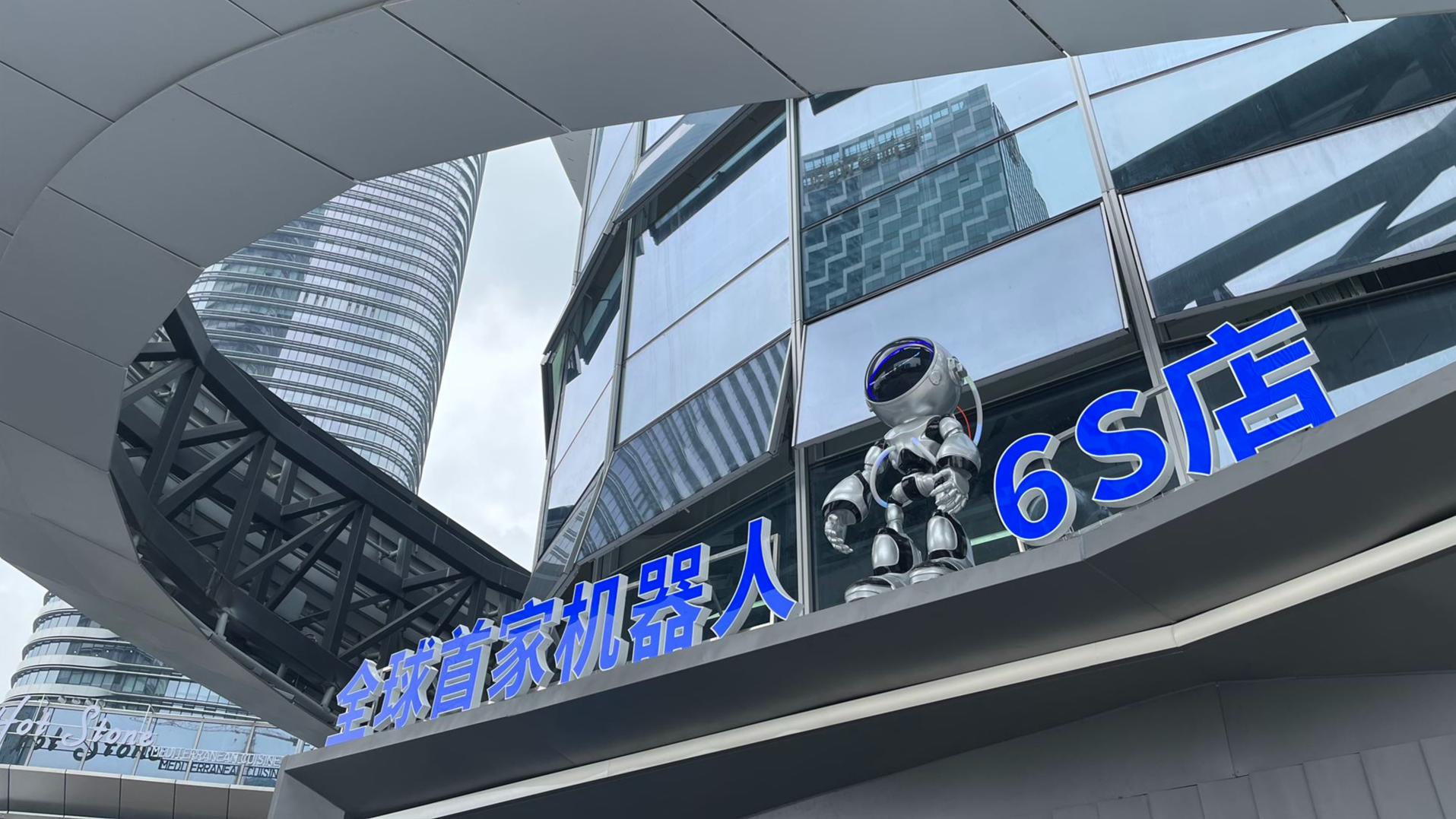
Following the recent opening of an innovative robot “6S” store in Shenzhen, the Guangdong-Hong Kong-Macao Greater Bay Area (GBA) is making huge strides in expanding application scenarios of robots and involving them more closely with consumers’ everyday lives.
Highlighting the significance of the store, insiders believe that there is still a long way to go before their products enter households, with key factors being cost, stability and “intelligentization”.
Billed itself as the world's first “6S” robotics store, during the first weekend since opening on July 28, it welcomed a large influx of visitors, including some from the Hong Kong Special Administrative Region (HKSAR) and overseas regions like India, prompting a surge in orders.
READ MORE: World's first robot 6S store opens in Shenzhen's Longgang
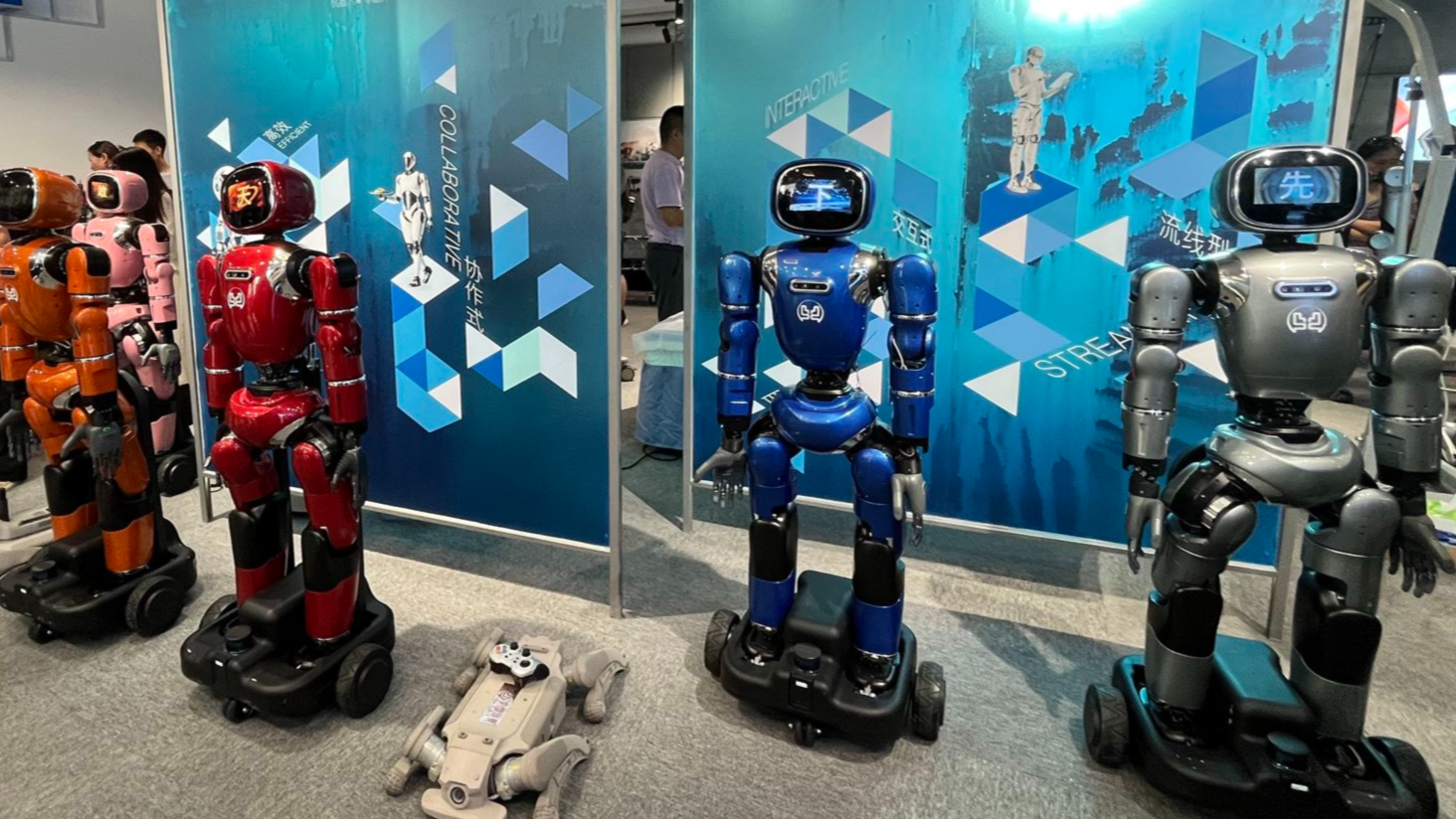
In addition to the functions of traditional “4S” automotive stores — sales, spare parts, service, and surveys — this store also provides robot leasing starting at 1,000 yuan ($139) per day, as well as personalized customization.
Robots showcased in the store demonstrated superb skills — dancing, accurately catching items, providing massage, and preparing snacks, desserts and coffee — leaving a deep impression on visitors.
By Saturday, it had generated nearly one million yuan in sales directly to consumers, two million yuan in sales to businesses, and $500,000 in overseas markets.
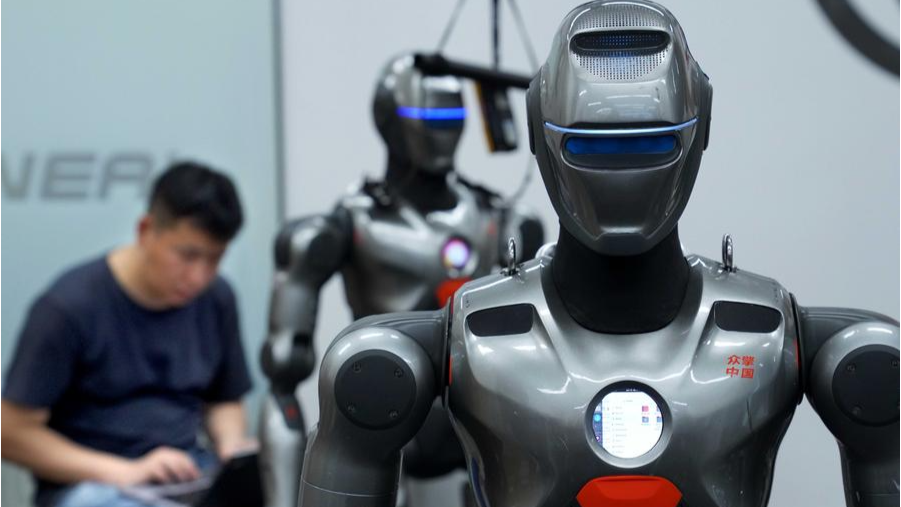
The store is located in a flagship shopping mall of Shenzhen’s Longgang district. Driven by the “All in AI” strategy, the district established the country’s first government department dedicated to boosting AI and robotics in May.
Longgang aims to create a demonstration zone of the robot industry, with the 6S store serving as a key component, integrating various functions such as robot sales, performances, applications, and training.
All across the Greater Bay Area, robots are stepping out of laboratories and taking up roles in numerous different fields. In Shenzhen, they are working in new energy vehicle (NEV) factories, delivering goods via subway, and assisting in the construction of residential buildings. In Hong Kong, robots are facilitating surgeries, maintaining subway operations and inspecting public estates.
At Dongguan’s XBot Park, a vital robot research hub, various types of robotics have been developed for environmental protection, healthcare, and home automation. Meanwhile, Guangzhou is promoting the use of humanoid robotics in intelligent equipment manufacturing.
Wu Wei, general manager of the public relations and government affairs department at Digit (Shenzhen) Technology Co, said the potential for robotics applications is still primarily focused on industrial and commercial sectors for the time being. At present, the company’s humanoid robots are mainly used for business reception and introductions.
He noted that the market for ordinary consumers has yet to fully mature, highlighting challenges related to costs, stability, and maintenance. On the store's opening day, some robots fell over while performing dance routines, and the snack-making robot also experienced technical issues.
As the first 6S store provides an ideal platform for ordinary customers to experience and interact with robots, while also offering convenient maintenance service, Wu believes it will further stimulate consumers’ demand for the future-oriented products.
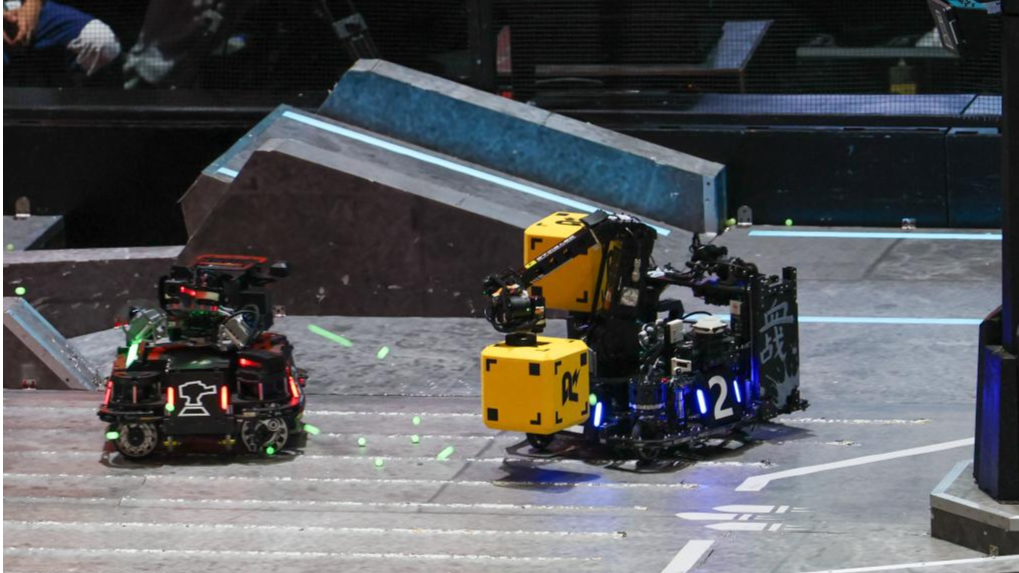
Surveying Shenzhen’s robotics industry, he noted that research and development are concentrated in Nanshan district, manufacturing primarily takes place in Bao'an district, and Longgang district is actively promoting robot applications.
He said he hoped that Greater Bay Area cities will leverage their respective strengths to jointly optimize the industrial chain and accelerate the overall application of robots in the cluster.
Wu also encouraged more State-owned enterprises (SOEs) and government departments to adopt robotic products, adding that he looks forward to the establishment of more 6S stores across the nation.
Li Dan, director of training at Shenzhen Deyee Medtech Co, which focuses on medical robots, said their products receive official approval, they will be used in hospitals, community health centers, physical therapy clinics and rehabilitation centers.
Currently, their products can be used for massage, moxibustion — a traditional Chinese medicine (TCM) technique — and shock wave therapy. The company also intends to develop smaller, more affordable, and user-friendly household items.
It aims to reduce costs in the future by developing its own robotic arms, lowering product prices from over 100,000 yuan to around 30,000 yuan.
READ MORE: Canton Tower Run Up to feature robot race for the 1st time
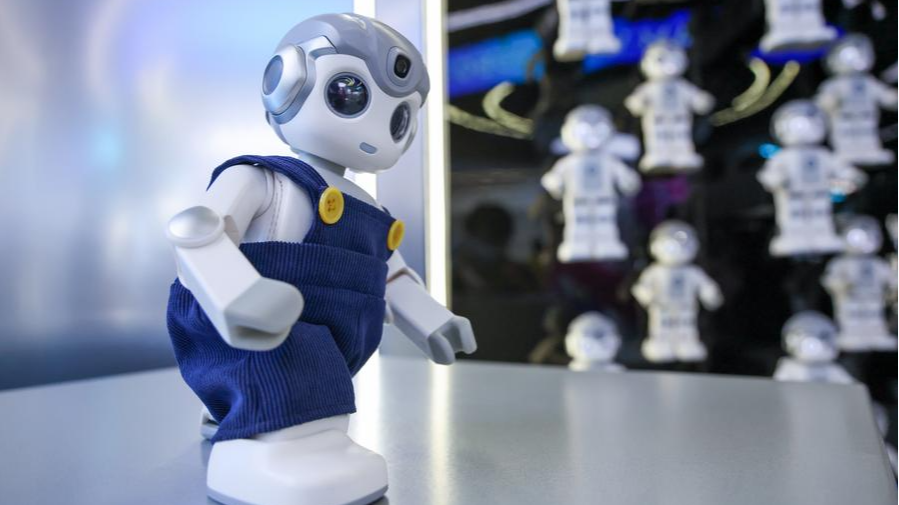
Compared to medical robots, the application scenarios for some robots are not quite clear. Li noted that the long research and development cycles and intense competition in the industry have compelled companies to launch products first to secure funding. Once survival is ensured, they can then explore concrete application scenarios, and optimize their offerings.
She mentioned that many robots are not as intelligent as anticipated and still fall short of consumer expectations. However, they do can help address specific issues.
To truly become assistants to humans, robots need to be more advanced, multifunctional and powerful, which will require continuous technological breakthroughs, Li believes.
Contact the writer at bingcun@chinadailyhk.com


